As the demand for renewable energy sources continues to rise, optimizing your solar electric system has never been more crucial for maximizing efficiency and savings. According to the U.S. Department of Energy, solar power has seen dramatic improvements, with photovoltaic (PV) systems experiencing a 70% drop in costs since 2010, making them more accessible to homeowners and businesses alike. Moreover, the National Renewable Energy Laboratory (NREL) reports that an optimized solar electric system can improve energy production by up to 30%, significantly increasing long-term savings on electricity bills.
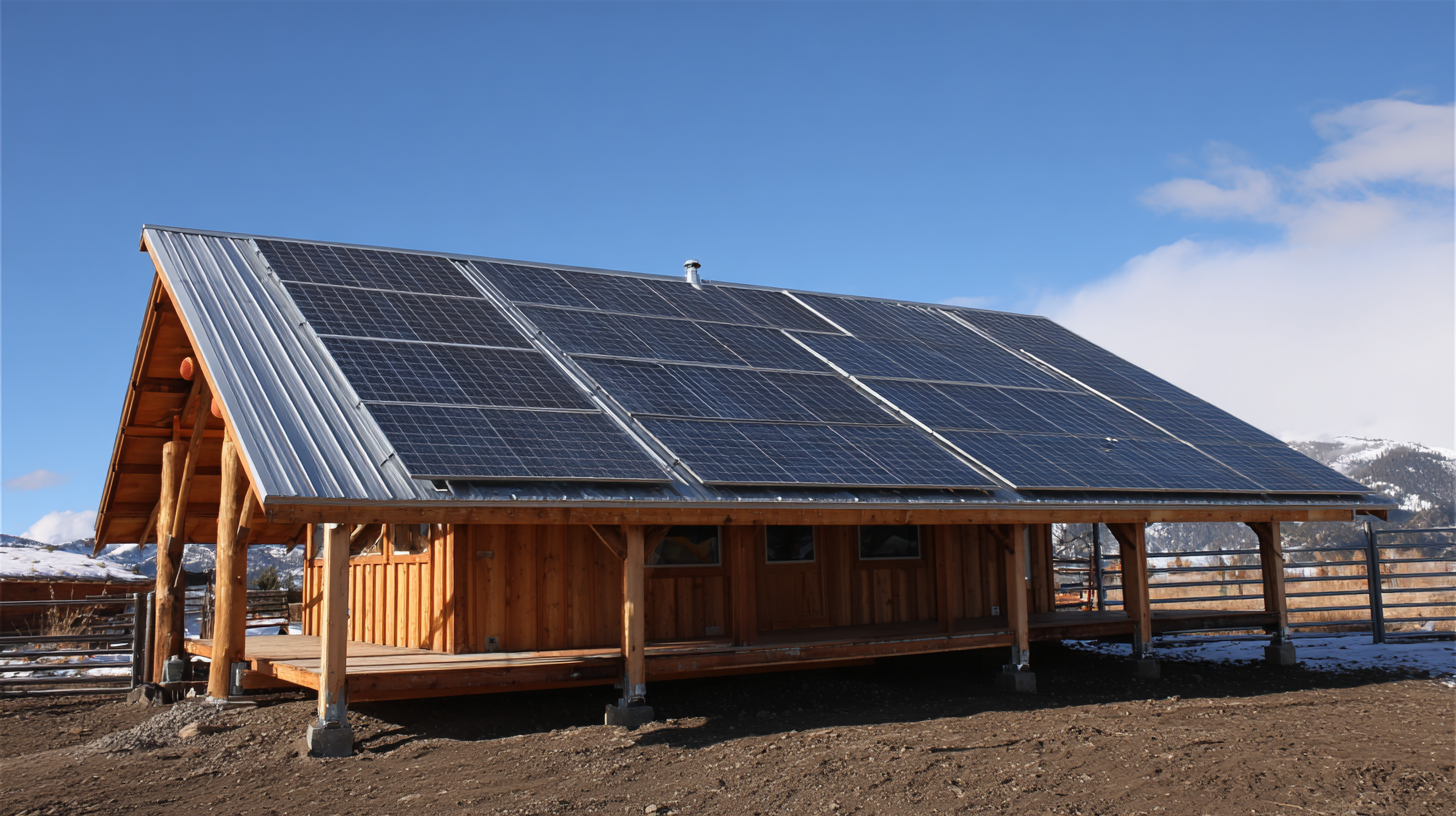
With advancements in technology and installation techniques, it’s essential for solar users to understand key strategies for maximizing their system's performance. In this guide, we will explore effective methods to enhance your solar electric system, ensuring it operates at peak efficiency while delivering the highest possible return on investment.
To optimize your solar electric system for maximum efficiency, it is essential to first understand its fundamental components. A solar electric system typically comprises solar panels, an inverter, a mounting system, and an energy storage unit. According to the U.S. Department of Energy, the efficiency of solar panels has improved significantly, with many products now exceeding 20% efficiency rates. This indicates that modern panels can convert more sunlight into electricity, which ultimately translates into greater energy savings.
Moreover, the orientation and positioning of solar panels play a crucial role in performance. Studies show that a south-facing installation in the Northern Hemisphere receives up to 25% more sunlight than panels facing east or west. This strategic placement maximizes energy capture throughout the day. Additionally, regular maintenance, such as cleaning debris and checking connections, can help maintain optimal efficiency. Reports from the National Renewable Energy Laboratory (NREL) emphasize that even minor adjustments can result in significant gains, with potential increases in production by over 10% when panels are optimally maintained and positioned.
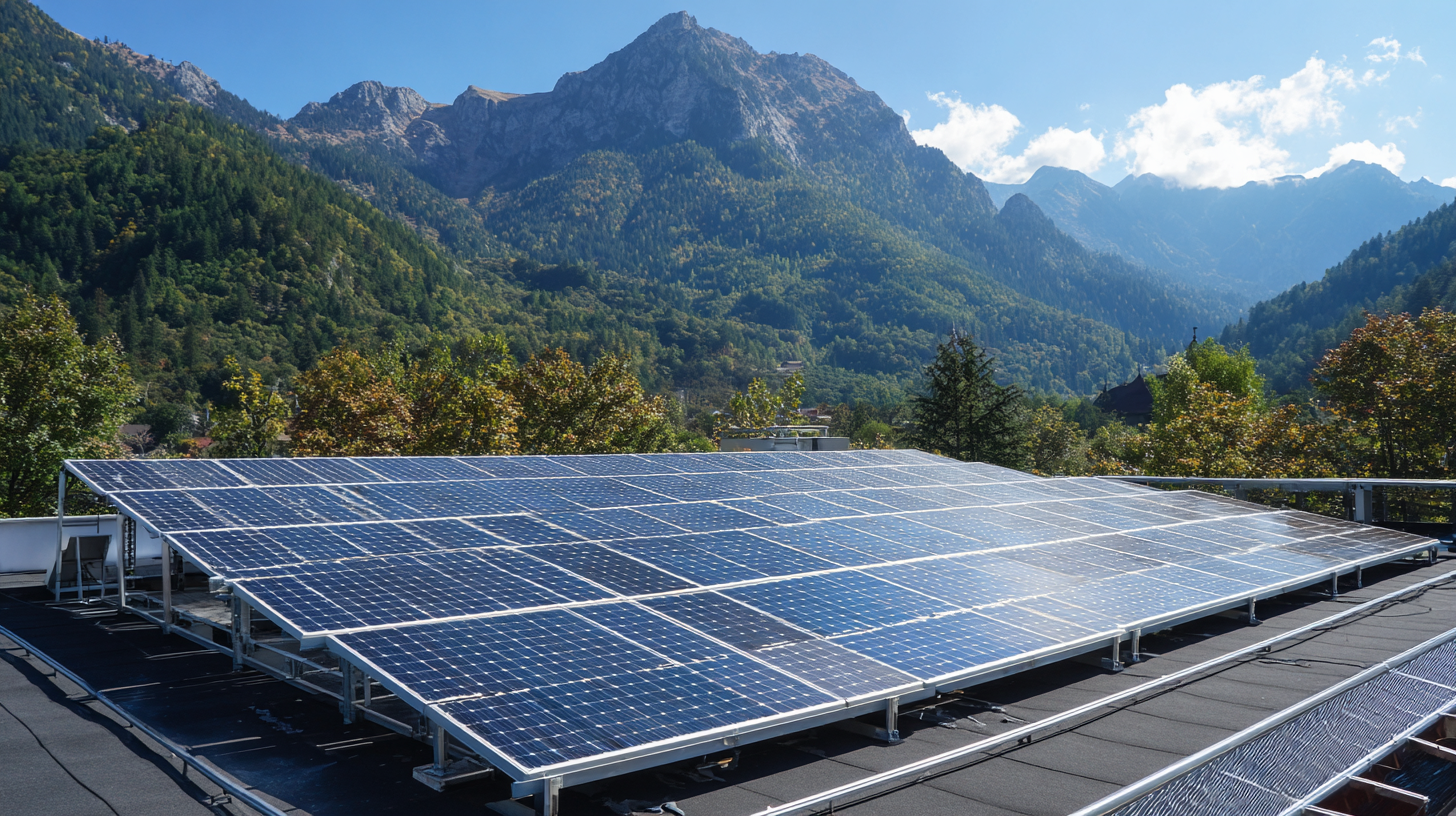
When optimizing a solar electric system for maximum efficiency and savings, selecting the right solar panels and inverters is crucial. Solar inverters serve as the heart of the photovoltaic (PV) system, converting the direct current (DC) generated by solar panels into alternating current (AC) that can be fed into the grid. The choice of inverter directly impacts the overall system performance, and advancements in technology have led to the development of intelligent energy management solutions that enhance energy production and usage.
The rise of storage systems in PV integration amplifies the importance of sophisticated inverters. Modern inverters not only facilitate DC to AC conversion but also optimize energy consumption by integrating with battery storage. This capability allows homeowners to maximize their solar output, ensuring that energy is used effectively during peak demand times. As innovations continue, selecting inverters that can adapt to various conditions and offer features like grid resilience and user-friendly monitoring systems will be essential for achieving long-term efficiency and savings in solar energy systems.
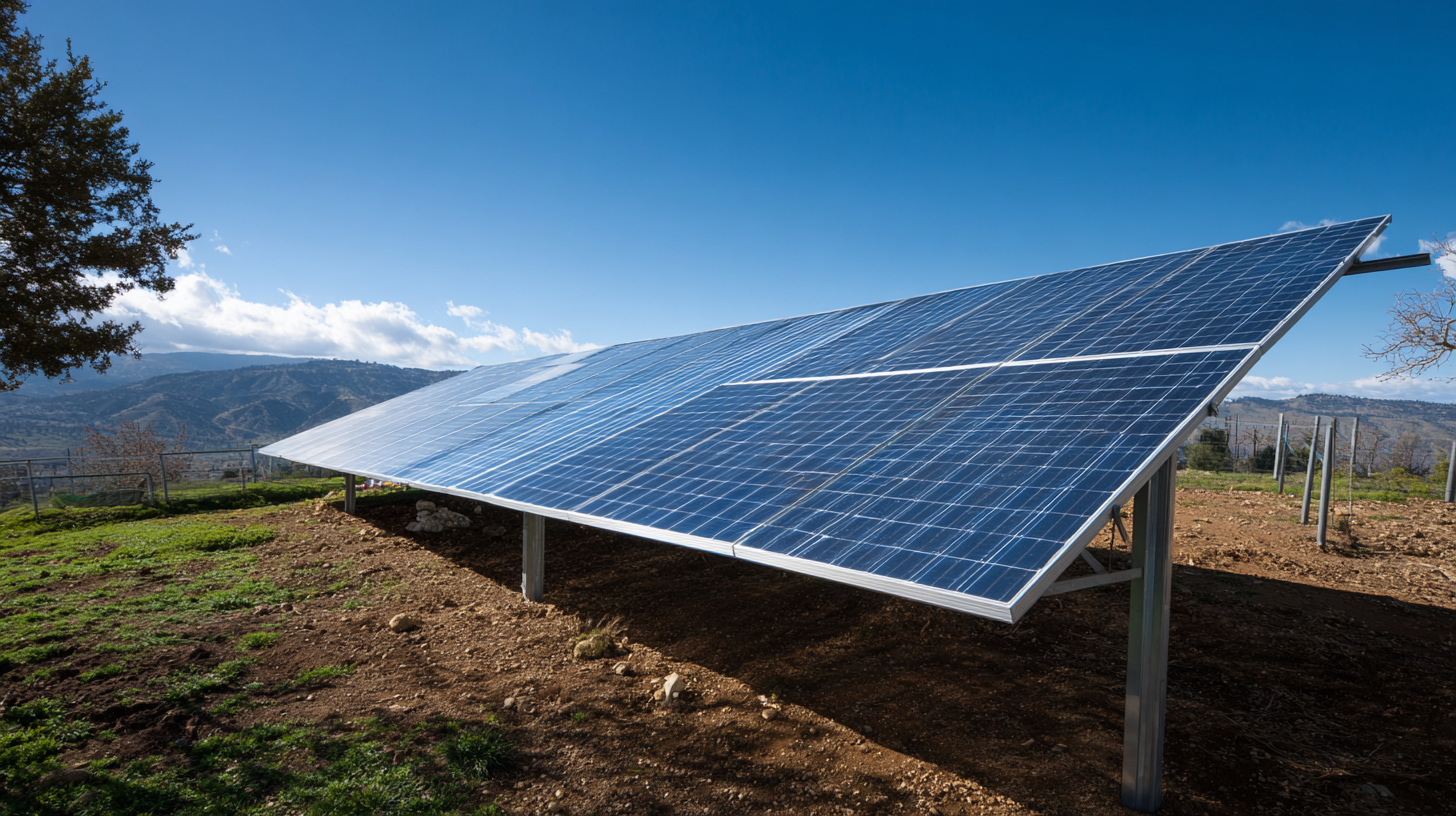
Implementing effective energy storage solutions is crucial for maximizing the efficiency of your solar electric system. By integrating battery storage, you can store excess energy generated during peak sunlight hours and use it during periods of low generation or high demand. This not only enhances the overall efficiency of your system but also provides a backup source of power during outages. Additionally, energy storage can help you take advantage of time-of-use pricing, allowing you to consume stored energy when electricity rates are lower.
Tips: Consider investing in high-capacity lithium-ion batteries, which offer improved performance and longevity compared to traditional lead-acid options. Regularly monitor your system’s energy production and consumption patterns to optimize storage use, ensuring that you can reduce reliance on the grid. Furthermore, explore smart energy management systems that can automate energy usage and maximize savings, making the most of your solar investment.
Combining energy storage with a solar electric system also allows for increased self-consumption of generated solar power. This reduces your electricity bills while decreasing your carbon footprint. Participating in net metering programs can further enhance your savings by allowing you to sell excess energy back to the grid. As you implement these solutions, you'll be taking significant steps towards a more energy-efficient and cost-effective home.
Regular maintenance and monitoring are crucial for ensuring the optimal performance of your solar electric system. According to the National Renewable Energy Laboratory (NREL), systems that are properly maintained can operate at efficiencies of up to 90%, significantly increasing energy output and savings. In today’s competitive energy market, even a small drop in efficiency can lead to substantial financial losses over time. Conducting routine inspections, cleaning panels of dust and debris, and checking for any shading issues can enhance energy absorption, thus skyrocketing your monthly savings on electricity bills.
Moreover, advanced monitoring systems are now available that can provide real-time data about your solar energy production. A report from the Solar Energy Industries Association (SEIA) indicates that employing these smart technologies can boost system efficiency by as much as 25%. By continually analyzing performance metrics and identifying potential issues early, users can make informed decisions that prolong the lifespan of their systems. For instance, monitoring inverters regularly can help detect discrepancies and trigger timely maintenance, ensuring that your solar investment yields maximum returns for years to come.
This chart displays the estimated efficiency percentages and corresponding annual savings for solar electric systems based on regular maintenance and monitoring. As maintenance frequency increases, both efficiency and savings improve significantly.
Exploring financial incentives and rebates can significantly enhance the economic viability of solar investments. According to the Solar Energy Industries Association (SEIA), federal tax credits offer a 30% deduction on the installation costs of residential and commercial solar systems. This incentive can drastically reduce upfront costs, making solar energy more accessible to homeowners. In 2022, these savings helped over 1.2 million American households adopt solar systems, highlighting the effectiveness of financial incentives in boosting solar adoption.
Additionally, many states provide their own rebates and incentives, further enriching the financial landscape for solar adopters. For instance, California offers the California Solar Initiative, which allocates over $2.4 billion to support solar energy upgrades. This program not only encourages the installation of solar systems but also contributes to achieving the state's ambitious renewable energy targets. Furthermore, local utilities may offer performance-based incentives that reward homeowners based on the amount of energy produced, ensuring that solar investments yield long-term savings.
By leveraging both federal and state incentives, alongside utility programs, investors can maximize their returns and accelerate the transition to sustainable energy. The increasing proliferation of financial incentives serves as a compelling reason to consider solar energy, transforming initial costs into a profitable, long-term investment.
| Incentive/Rebate Program | Description | Eligibility Criteria | Estimated Savings | Expiration Date |
|---|---|---|---|---|
| Federal Solar Tax Credit | A tax credit for a percentage of the cost of solar systems installed. | Homeowners with solar panels installed on residential properties. | Up to 26% of the system cost. | December 31, 2023 |
| State Rebate Program | Cash rebates offered by states to encourage solar installation. | Varies by state; generally for homeowners and businesses. | $500 - $2,000 based on system size. | Variable by state |
| Net Metering | Allows solar system owners to sell excess energy back to the grid. | Must have a solar electric system connected to the grid. | Varies; can offset electric bills significantly. | No expiration |
| Property Assessed Clean Energy (PACE) | Financing option that allows homeowners to pay for solar systems through property taxes. | Homeowners in participating areas. | Financing up to 100% of project cost. | Variable by locality |
| Local Utility Incentives | Incentives provided by local utilities for installing solar systems. | Homeowners and businesses in the utility's service area. | Varies; can provide up to $1,000. | Dependent on funding availability |
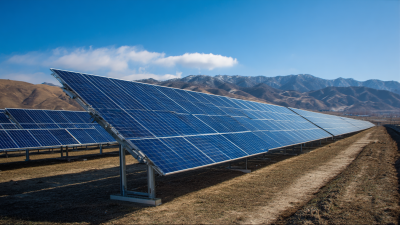
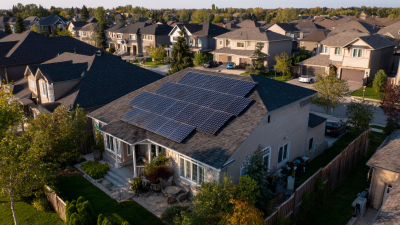
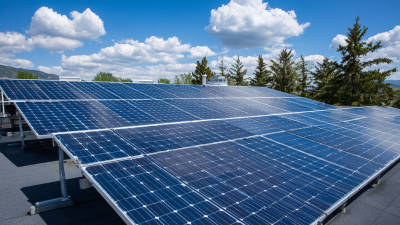
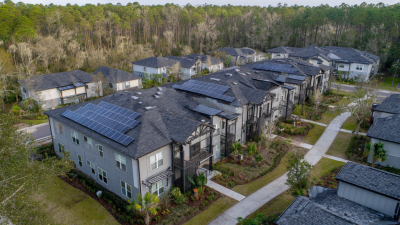


As electricity costs continue rising, many small households in Maharashtra seek sustainabl...Read More
Uttar Pradesh is making significant progress in adopting renewable energy, particularly so...Read More
With the Indian government actively promoting renewable energy through subsidies and polic...Read More
Tired of watching your electricity bills climb month after month and strain your pockets? ...Read More
Switching to solar energy in Gujarat has never been more profitable! With plenty of sunlig...Read More
If you live in Madhya Pradesh and want to save money on power while living a greener lifes...Read More
If you’re a resident of Bangalore looking to save on your skyrocketing electricity b...Read More
If you live in Karnataka and have been looking for an environmentally friendly, cost-effec...Read More
Delhi is a city that thrives on its vibrant energy, and what better way to complement that...Read More
As electricity costs continue rising, many small households in Maharashtra seek ...Read More
Uttar Pradesh is making significant progress in adopting renewable energy, parti...Read More
With the Indian government actively promoting renewable energy through subsidies...Read More